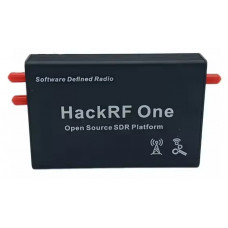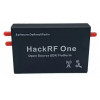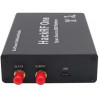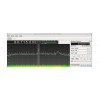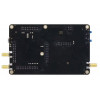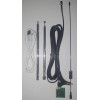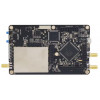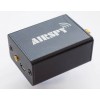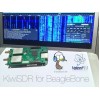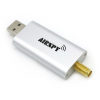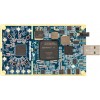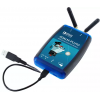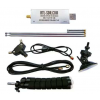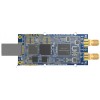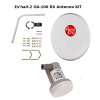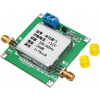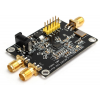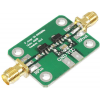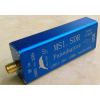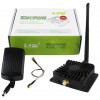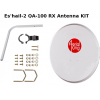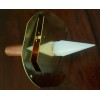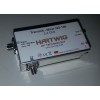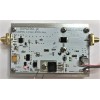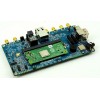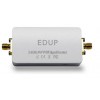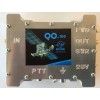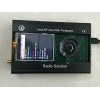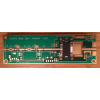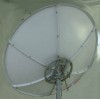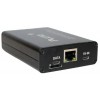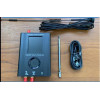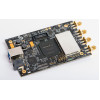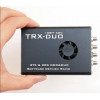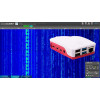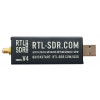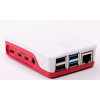Shopping Cart
0 item(s) - R0.00- 3D Printing and Plastic peripherals (8)
- 433Mhz and Lora (9)
-
Amateur Radio (651)
- - Antenna Analyzer (12)
- - APRS (12)
- - ATU (5)
- - CW (1)
- - Digital Modes (9)
- - DMR (4)
- - Echolink (10)
- - Enclosure (13)
- - Eshail-2 (QO-100) (67)
- - GPS (8)
- - iGate (1)
- - Microcontrollers (43)
- - Microphone (1)
- - Power Supply (7)
- - Programming Cable (6)
- - QRP (9)
- - Radio interface (21)
- - Receiver (9)
- - Repeater (4)
- - RF Amplifiers (20)
- - RF Kits (19)
- - RF modules (116)
- - Rotator (1)
- - SDR (75)
- - Spectrum Analyzer (4)
- - SWR (9)
- - Transceiver (59)
- - WSPR (5)
- Antennas and Acc (320)
- Audio and Video (28)
- Bargain Box (1)
- Battery (3)
- Bluetooth (11)
- Cables (37)
- Computer Peripherals (104)
- Connectors (90)
- Data acquisition (1)
- Display (2)
- Electromechanical (25)
- Enclosure (12)
- GPS (6)
- Hardware (3)
- Home Automation (128)
- Inverter (9)
- Liquid (7)
- Lora (8)
- Microcontrollers (119)
- Modbus (3)
- MQTT (14)
- Network Radio (3)
- Networking (8)
- Power (133)
- Power supply (49)
- Radio Interface (17)
- RF Modules (142)
- ROIP (2)
- Satellite (93)
- Security (13)
- Sensor (17)
- Solar (14)
- Test and Measurements (66)
- Tools and Equipment (8)
- VOIP (10)
- Weather (1)
HackRF One 1 MHz to 6 GHz SDR Platform Software Defined Radio Development Board with enclosure (SMA and USB)
Ex Tax: R3,189.00
Add to Compare
HackRF One 1 MHz to 6 GHz SDR Platform Software Defined Radio Development Board with TXCO board for stable frequency
***Please note: You need a radio amateur license to purchase this item.***
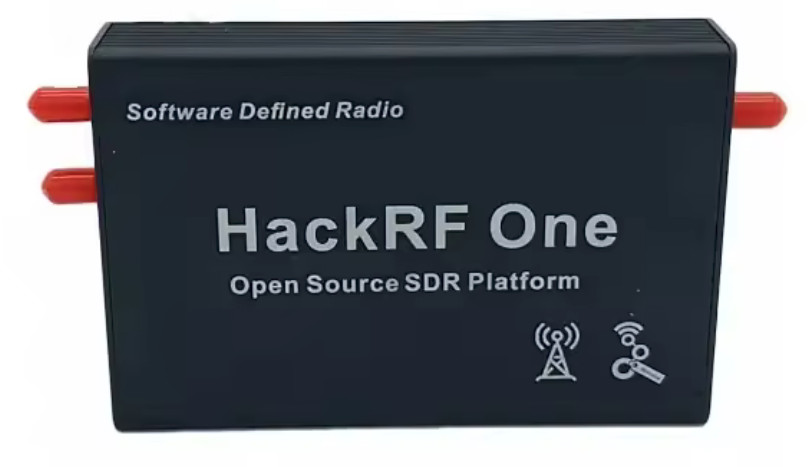
Feature :
HackRF One from Great Scott Gadgets is a Software Defined Radio peripheral capable of transmission or reception of radio signals from 1 MHz to 6 GHz. Designed to enable test and development of modern and next generation radio technologies, HackRF One is an open source hardware platform that can be used as a USB peripheral or programmed for stand-alone operation.
- 1 MHz to 6 GHz operating frequency
- half-duplex transceiver
- up to 20 million samples per second
- 8-bit quadrature samples (8-bit I and 8-bit Q)
- compatible with GNU Radio, SDR#, and more
- software-configurable RX and TX gain and baseband filter
- software-controlled antenna port power (50 mA at 3.3 V)
- SMA female antenna connector
- SMA female clock input and output for synchronization
- convenient buttons for programming
- internal pin headers for expansion
- Hi-Speed USB 2.0
- USB-powered
- open source hardware
- HackRF One 1 MHz to 6 GHz SDR Platform Software Defined Radio Development Board
- Include aluminium enclosure, stable clock, usb cable and Antenna. (enclosure can be black or silver alluminium alloy)
HackRF Tools
In addition to third party tools that support HackRF, we provide some commandline tools for interacting with HackRF. For information on how to use each tool look at the help information provided (e.g. hackrf_transfer -h) or the manual pages.
The first two tools (hackrf_info and hackrf_transfer) should cover most usage. The remaining tools are provided for debugging and general interest; beware, they have the potential to damage HackRF if used incorrectly.
-
hackrf_info Read device information from HackRF such as serial number and firmware version.
-
hackrf_transfer Send and receive signals using HackRF. Input/output can be 8bit signed quadrature files or wav files.
-
hackrf_max2837 Read and write registers in the Maxim 2837 transceiver chip. For most tx/rx purposes hackrf_transfer or other tools will take care of this for you.
-
hackrf_rffc5071 Read and write registers in the RFFC5071 mixer chip. As above, this is for curiosity or debugging only, most tools will take care of these settings automatically.
-
hackrf_si5351c Read and write registers in the Silicon Labs Si5351C clock generator chip. This should also be unnecessary for most operation.
-
hackrf_spiflash A tool to write new firmware to HackRF. This is mostly used for Updating Firmware.
-
hackrf_cpldjtag A tool to update the CPLD on HackRF. This is also sometimes used when Updating Firmware.
SDR Software.
- HDSDR here is the hackrf plugin dll
- gnuradio has already got the hackrf blocks
- GQRX - http://gqrx.dk/
- SDRSHARP Only nightly builds currently support HackRF One - http://sdrsharp.com/downloads/sdr-nightly.zip
- More info on SDRSHARP process http://superfro.org/setting-up-hackrf-in-windows-with-sdr/
- Here is more info and videos of how to use the hackrf
Architecture:
- Taking the receiving process as an example, the flow after the signal enters from the antenna is as follows:
- The RF switch determines whether to amplify via a 14dB amplifier
- High-pass or low-pass filtering of the signal through the image suppression filter
- The signal is mixed with RFFC5072 chip to 2.6GHz fixed intermediate frequency
- The latest firmware supports the option of variable IF
- Intermediate frequency range 2.150GHz-2.750GHz
- The signal is fed into the MAX2837 chip and mixed to the baseband to output a differential IQ signal
- The MAX2837 chip can limit the bandwidth of the signal
- MAX5864 chip digitizes the baseband signal and sends it to CPLD and single chip TODO FIXME
- CPLD
- The LPC4320/4330 processor sends the sampled data to the computer via USB
- Put RFFC5072 and MAX2837 into the shield to protect them, prevent the interference of the outside world and other chips on the board, and try to prevent static electricity from puncturing some chips.
Technical Parameters/Main Hardware:
Basic Parameters:
- Design frequency: 1MHz-6000MHz
- Data bandwidth: 20MHz
- Sampling accuracy ADC/DAC: 8bit
- Sampling rate ADC/DAC: 20Mbps
- Data/power supply interface: USB 2.0
- Open source level: all open source (software, hardware)
RF Index:
- Maximum transmit power: 10dBm (less than the minimum spurious transmit power of radio regulations)
- Maximum received power: -5dBm (note: exceeding this value will burn the board)
- 64QAM launch EVM: 1.5%
- Complex sampling bandwidth: 20MHz
Main Hardware:
- RFFC5072: mixer provides 80MHz to 4200MHz local oscillator signal
- MAX2837: 2.3GHz to 2.7GHz wireless broadband RF transceiver
- MAX5864: ADC/DAC, 22MHz sampling accuracy 8bit
- LPC4320/4330: For ARM Cortex M4 processor, main frequency 204MHz
- Si5351B: I2C programmable arbitrary clock generator for CMOS, provides 40MHz and sampling clock by 800MHz frequency division
- MGA-81563: 0.1-6GHz 3v 14dBm amplifier
- SKY13317: 20MHz-6.0GHz RF single-pole three-throw (SP3T) switch
- SKY13350: 0.01-6.0GHz RF single pole double-throw (SPDT) switch
Package Included:
- 1 x Set of HackRF One
- 3 x Antennas
- 1 x USB Cable
- 1x OCOS oscilator
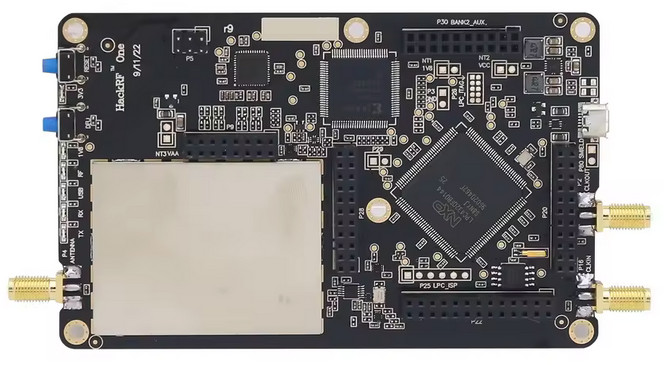
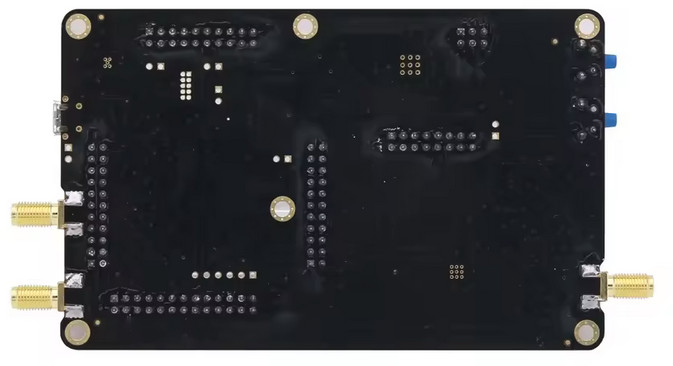
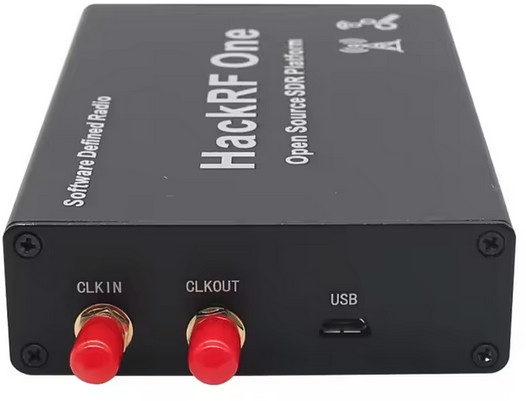

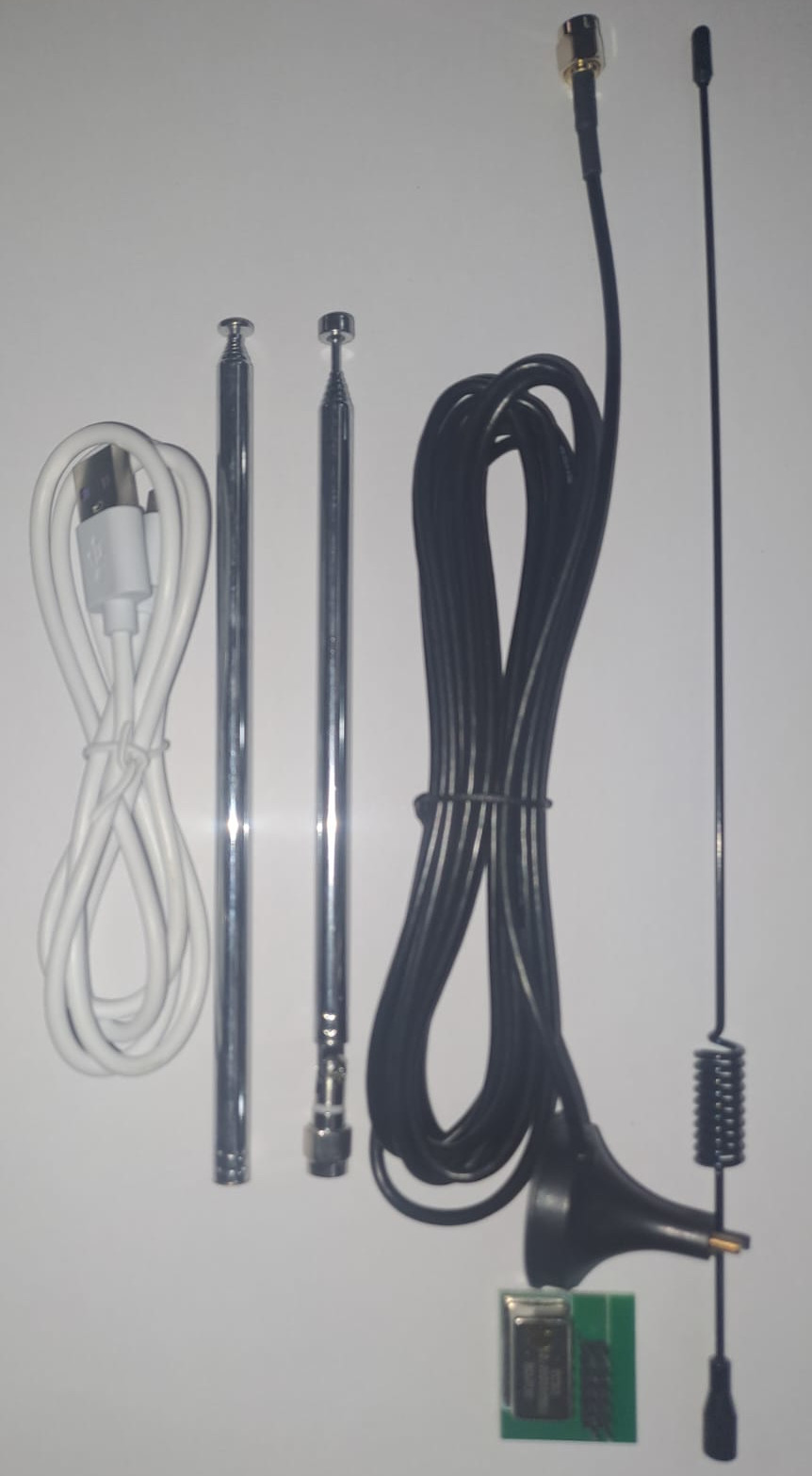
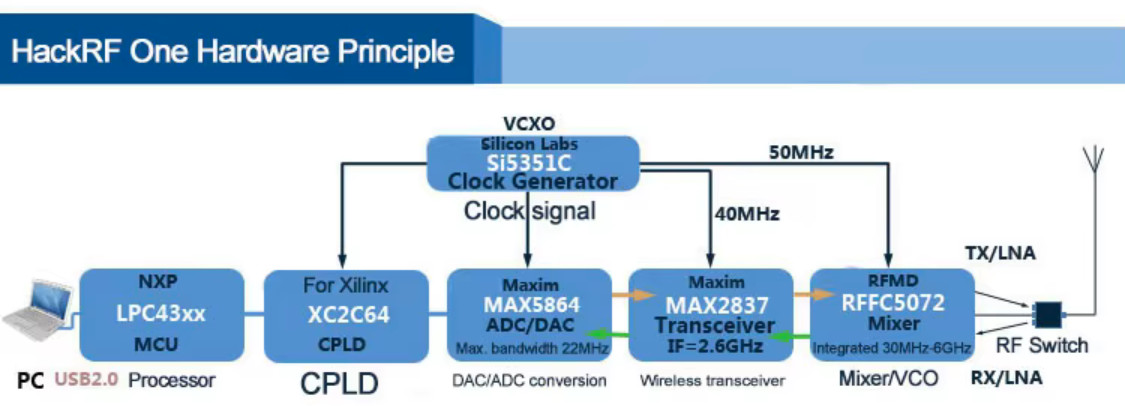
Write a review
Your Name:Your Review: Note: HTML is not translated!
Rating: Bad Good
Enter the code in the box below:
Giga Technology © 2025

